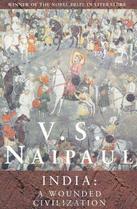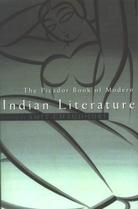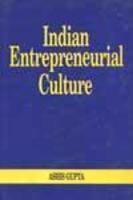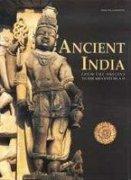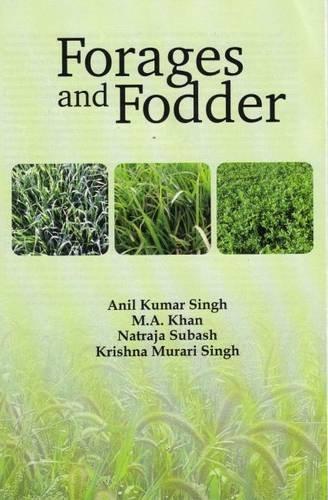

Download App
| >> | LShop | >> | Book | >> | Agriculture And Farm... | >> | Forages And Fodder: ... |

Forages and Fodder: Indian Perspectives
-
ISBN
:
9788170356677
-
Publisher
:
Daya Publishing House
-
Subject
:
Agriculture And Farming
-
Binding
:
HARDCOVER
-
Pages
:
472
-
Year
:
2011
₹
4495.0

₹
4495.0
Buy Now
Shipping charges are applicable for books below Rs. 101.0
View DetailsEstimated Shipping Time : 5-7 Business Days
View Details-
Description
Book entitled �EUR?Forages and Fodder: Indian Perspective�EUR? contains different aspects viz., production, protection, PGR management, consumption; preservation andsocio-economic aspects of forage and fodder crops. The present book is one of the latest and updated manuscripts related to forage and fodder in Indian context. Forage includes all plant species directly or indirectly consumed by animals and cultivated forage crops occupy about 5.0 per cent of the total cultivated area of India. The animal fodder consists of several plants species which are used to feed the cattle either raw (green and cut fodder) or after minor processing (such as silage) while pastures are grassland, usually with improved species, carefully managed with inputs such as irrigation and manures for grazing of livestock. The National Commission on Agriculture (1976) recommended that a minimum 10 per cent of the arable area in the country (about 16.5 million ha) should be under improved forage crops to meet the green forage needs of the ever growing livestock population. At the same time, plant genetic resource (PGR), which carries germplasm for present and future needs, can be utilized for producing varieties having resistance to biotic and abiotic stress as well as for its quality enrichments. Weed growth should not be overlooked as it hampers yield, lowers forage quality, increases the incidence of disease and insect problems, causes premature stand loss, and creates harvesting problems. Some weeds are unpalatable and maybe poisonous for livestock. Updated information on insect pest problem is well documented in the book. It is established fact that insect and pests cause yield loss, both in quantitative and qualitative terms, and their effects depend on many factors like, the level of infestation, crop variety, agronomic practices and other related factors.
Related Items
-
of












 4495.0
4495.0






 446.0
446.0


